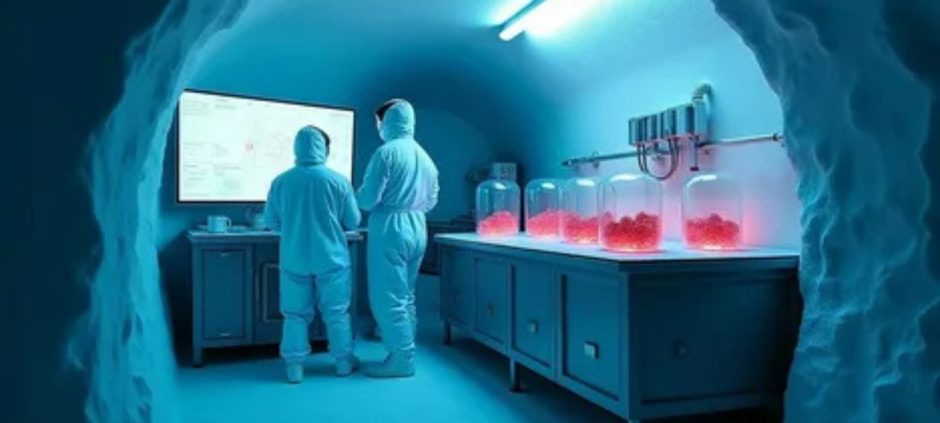Scientists have successfully recreated the octopus’ color-changing ability in a lab, a breakthrough that could transform how materials react to light and heat. The new technology mimics the marine creature’s remarkable skin, which shifts hues to blend with its surroundings.
Researchers say this octopus color-changing material could one day be used in clothing, robotics, and military camouflage. It adapts in real time, just like an octopus hiding from predators in the ocean. By studying how these cephalopods control pigment cells, the team developed a synthetic version that reflects and absorbs light dynamically.
The octopus color-changing process relies on tiny structures in the skin called chromatophores, which expand or contract to alter color. Scientists replicated this biological mechanism using flexible materials that react to external triggers such as temperature and light intensity. Early tests showed that the artificial skin could shift between multiple shades within seconds.
This experiment builds on growing research in the field of bio-inspired materials. In a related study, Cambridge researchers discovered a new way to create hybrid bio-composites, which could make future materials lighter and more adaptive.
Experts believe the new octopus color-changing technology could also lead to energy-efficient displays and smart surfaces. For instance, walls could automatically adjust brightness depending on the time of day, or vehicles could change color to reflect heat. The concept aligns with the ongoing global push toward sustainable innovation, where nature’s designs inspire human engineering.
The next step for researchers is to refine the material for large-scale production and durability. They also aim to explore how the system could integrate with wearable technology, enabling clothes that shift color on demand. The success of this octopus color-changing experiment marks a significant step forward in merging biology with advanced materials science, an innovation that could reshape the way humans interact with their environment.











